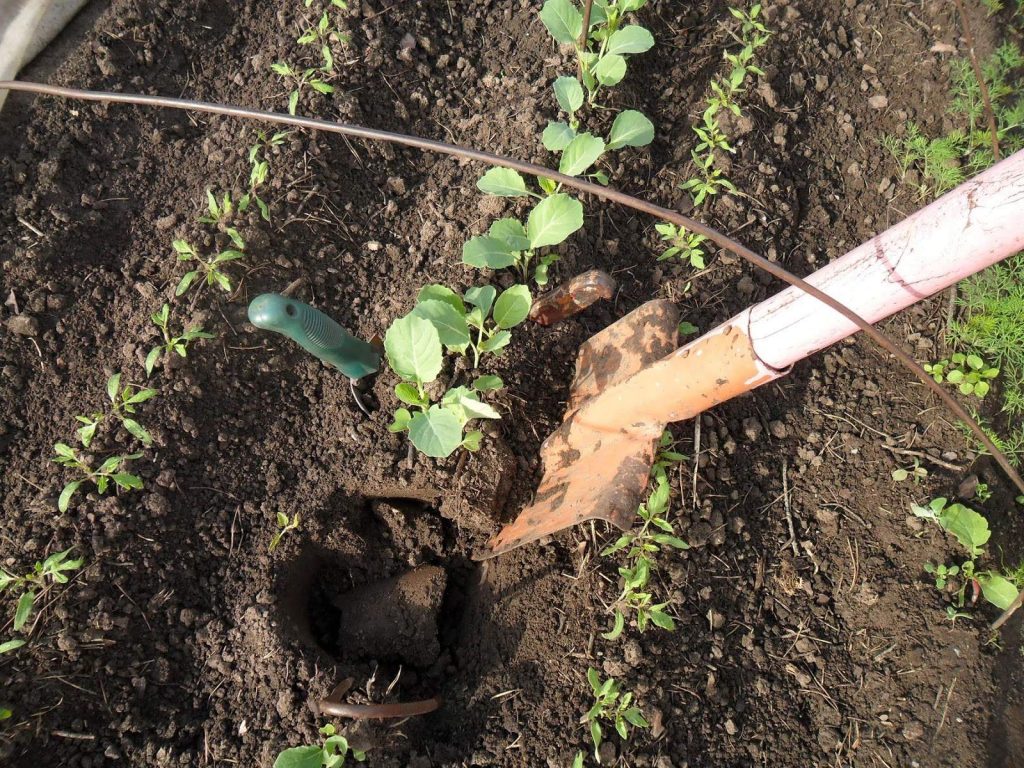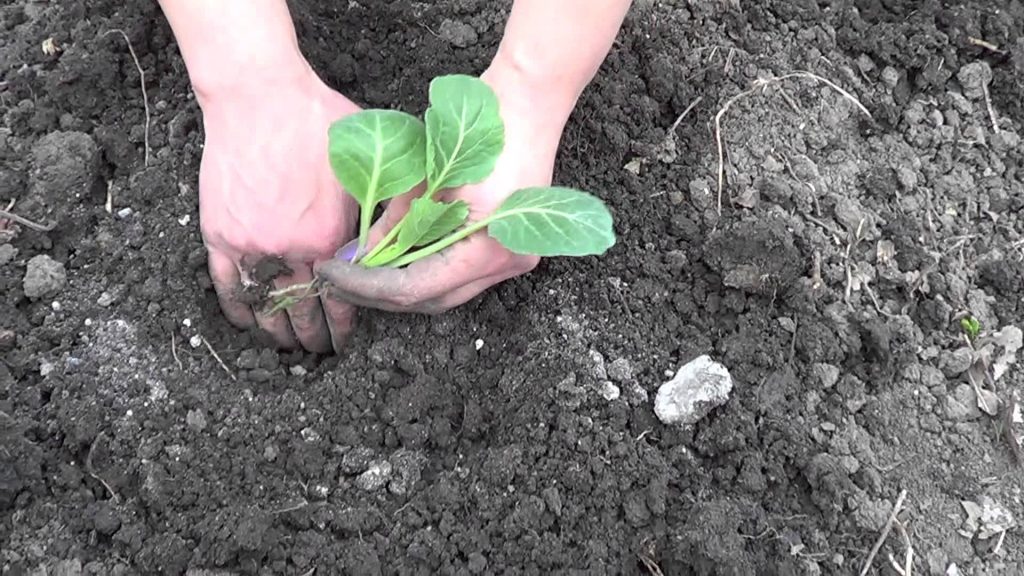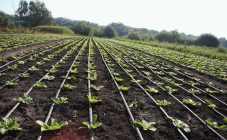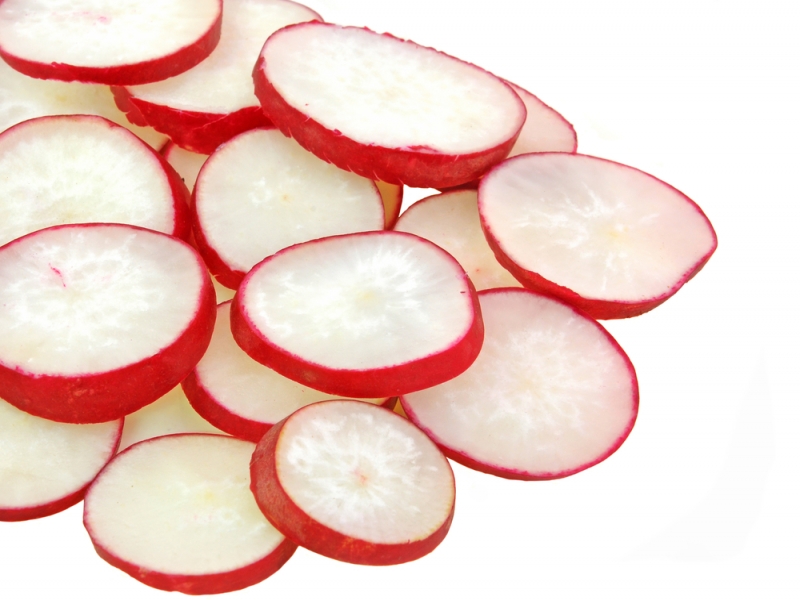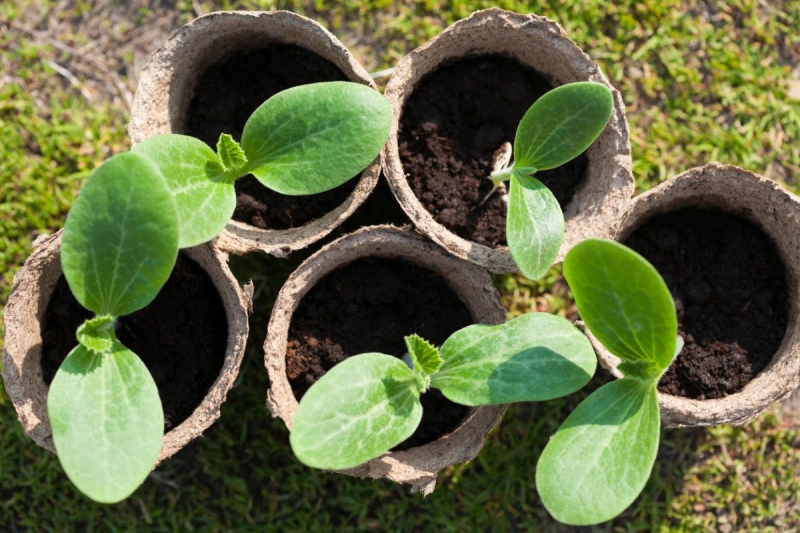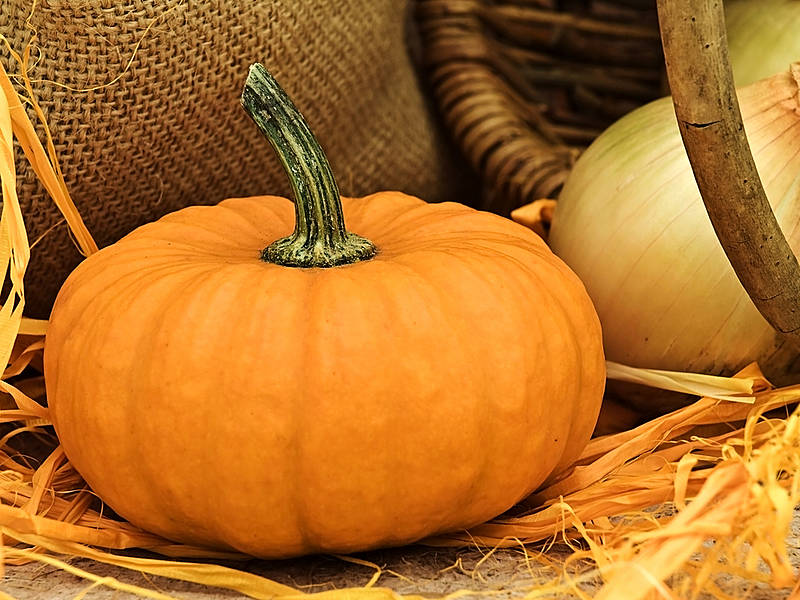White cabbage belongs to a group of vegetables that all gardeners must plant on their plots. Its varieties are divided into early and late. The first type of plants is consumed immediately after harvesting, and the second type is hidden for the winter (fermented or canned).
Culture information
Cabbage hybrids with late maturity belong to the order of cruciferous plants. During the first 12 months of life, the plant forms a head of cabbage, and in the following year it releases an arrow on which seeds are formed.
Indicators typical for a vegetable are as follows:
- The roots of white cabbage branch out quite strongly. They are deepened into the ground by 0.3-0.5 m.
- The ripening time of hybrids, from seedling to harvest, ranges from 120-130 to 145 days. If seedlings are germinated from seeds, then this time increases to 180-190 days.
- The yield of late varieties ranges from 4 to 10 kg (the weight of one head of cabbage).
- They are stored without taking special measures from 3 to 8 months.
- White cabbage does not accumulate nitrates. She is afraid of the night spring frosts.
They use a vegetable for preparing various salads, fermented, canned with the fruits of other plants.
The best varieties of late types of white cabbage are:
- Dutch hybrid Aggressor, grown in almost all regions of Russia;
- Belarusian variety Mara, it can be stored for up to 6 months;
- Moscow late cabbage (the head weighs up to 10 kg);
- Amager has a juicy head of cabbage, suitable for fermentation;
- Snow White is used for baby food, can last up to 8 months;
- Megaton refers to hybrids that are immune to fungal infection;
- The gingerbread man matures in 150 days, it resists well such diseases as fusarium and rot;
- Zimovka variety was bred specifically for long-term storage, but it can also be used for fermentation.
Planting methods and timing
After choosing one or another hybrid, to get the desired result, you need to choose the right place for the vegetable. It is recommended to select land rich in organic matter.
Novice gardeners are often interested in when to plant late cabbage in open ground, what method to do it. This vegetable can be grown both in seedlings and without it.
You need to buy cabbage seeds from a trusted manufacturer. After that, they are treated in a weak solution of potassium permanganate to enhance immunity.
To obtain seedlings, the prepared material is sown in March or April, focusing on the lunar calendar. It is better if during this period there are no night frosts in the region, typical for most regions of Russia.
For hardening, vegetable seeds are kept 1/3 hour in hot water, 60 seconds in cold water. Then the material is dipped into the growth enhancer solution overnight.After that, they are transferred to a rag and sent to the refrigerator, where they are kept for another 24 hours. After hardening the seeds of white cabbage, they are sown in a box or on the beds.
The planting of the treated material is carried out in the soil, which consists of humus, river sand and peat. In the southern regions, cabbage seeds are directly planted in the beds if the air temperature is above 15 ° C. The earliest date for direct sowing into the ground is mid-April or early May. It is chosen depending on the weather conditions in the area where the gardener lives. If the temperature drops sharply at night, then the strip of seeds planted on the bed must be covered with a protective film. If this is not done, then the entire harvest of white cabbage will die.
The depth to which the seed should be sown is selected in the range of 20-30 mm. The beds are watered with warm water. If there is a danger of infection by fungi, then the soil is treated with a weak solution of potassium permanganate. After planting the seed, the sprouts will appear in 7-10 days. They are fed with potash and nitrogen fertilizers. When 3-4 leaves appear on the seedlings, the plants need to be thinned out.
If there are no separate containers, then use a box. Seeds are planted in it according to the scheme 20 X 20 mm. After that, the container is covered with a film, and then transferred to a room where the temperature is maintained at a level not lower than 19 ° C. When the first shoots hatch, the film is removed. The box is placed under artificial light, and the temperature in the room is reduced to 10 ° C. The average daylight for seedlings is maintained at 12-14 hours. The sprouts are watered every 4 days with warm water, adding a little superphosphate and potash fertilizers to the soil.
To find out when to plant late cabbage in open ground with seedlings, you need to carefully observe the development of plants. They will be ready for transplanting to the beds when at least 4-5 leaves are formed on each seedling.
Seedlings are hardened 14-15 days before the specified planting date. To do this, a box with sprouts is transferred to a balcony or street. There they should be 8-10 hours a day.
It is recommended to plant seedlings on the beds according to the scheme 0.6 X 0.7 or 0.5 X 0.4 m. In most regions of Russia, these works are carried out in the first week of June. To do this, choose a cloudy day or evening.
Further care
Caring for white cabbage begins by feeding seedlings with fertilizers. You can grow full-fledged heads of cabbage by giving them nutrients 3 times during the entire growing season.
This is done as follows:
- the first time the seedlings are fed when 5 leaves develop on them (if the plants are planted in open beds) or 15 days after planting the seedlings;
- the next feeding is done when the outlets are formed;
- the latter - during the formation of the head of cabbage.
For these procedures, organic mixtures (manure, chicken droppings) or preparations such as terraflex, raxolin ABS are used.
It is necessary not only to plant white cabbage seedlings, but also to protect the seedlings from weeds. For this, the beds are spud 2 times a month. The first time the procedure is performed 21 days after planting the plants, and then another 14-15 days later. Against weeds, the herbicides lontrel and butisan are used.
The soil in the beds is mulched with peat, the layer of which should be at least 4-5 cm. Hybrids love watering and loosening. Irrigation is done once a week. It is advisable to carry out this operation in the early morning. In different periods of ripening of white cabbage, the irrigation of seedlings takes from 19 to 60 m³ of water.
To protect plants from blackleg disease, it is recommended to use a weak solution of potassium permanganate. It is poured onto the plants every 15 days. Cabbage keel and other diseases are eliminated with the help of special antifungal and antibacterial drugs. How to use them, you can find out from the annotation to these substances attached to the package.
Garden pests are fought as follows:
- flies are killed with bazudine;
- caterpillars of white beetles, aphids and flea beetles are exterminated with insecticides by spark, senpai, knockdown, inta-vir;
- slugs are scared off with wood ash or metaldehyde preparations and copper sulfate.
For the prevention of insects and various diseases, you can treat the beds with crops with biological substances agrovertin, phytoverm and other drugs similar to them.
Harvesting cabbage
It is recommended to harvest the heads of late white-headed varieties when they reach full maturity. Only in this case it is possible to preserve the harvest in full. When picking vegetables, you do not need to wait for the onset of autumn frosts. Although hybrids can tolerate a slight drop in air temperature, it is best to harvest the crop in the last days of September or the first week of October.
After cutting the heads of cabbage, they are placed in a cellar or a cool room where the temperature does not rise above 8 ° C. Vegetables are pre-inspected so that there are no traces of bacterial infection on them. If damaged leaves are found, then they must be removed from the head of cabbage, otherwise they will infect all other copies
Even a novice gardener can grow the desired yield of late white cabbage, if he grows seedlings correctly. Caring for plants is simple, the main thing is to carry out irrigation and other agrotechnical measures on time.

